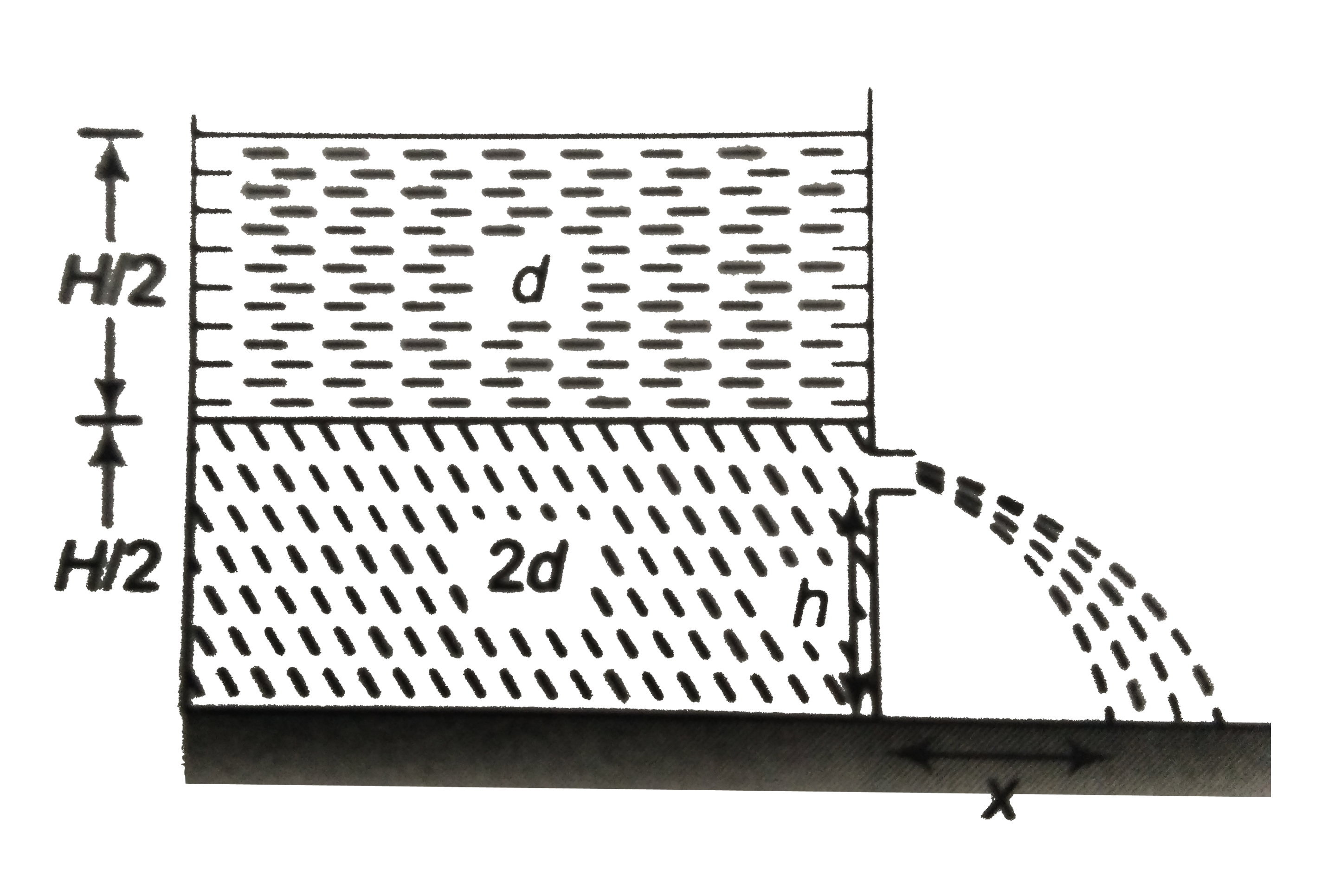Given the area of the retina
1. Macula 2. Fovea centralis 3. Optic disc 4. Periphery of the retina
Choose the arrangement that lists the areas according to the density of cones, starting with the area that has highest density of cones
2, 1, 4, 3
2, 4, 1, 3
1, 2, 3, 4
1, 3, 2, 4
The correct Answer is:A
Step by step video, text & image solution for Given the area of the retina 1. Macula 2. Fovea centralis 3. Optic disc 4. Periphery of the retina Choose the arrangement that lists the areas according to the density of cones, starting with the area that has highest density of cones by Biology experts to help you in doubts & scoring excellent marks in Class 12 exams.
Updated on:21/07/2023Topper's Solved these Questions
Similar Questions
Find the area of the region given by x24+y29≤1 and 3|x|+2|y|≥6.
View SolutionA toy is in the form of a cone mounted on a hemisphere such that the diameter of the base of the cone is equal to that of the hemisphere. If the diameter of the base of the cone is 6 cm and its height is 4 cm, what is the surface area of the toy in cm2 ?
(Take π = 3-14)
View Solution
Knowledge Check
The ratio of curved surface area of two cones is 1:4 and the ratio of slant height of the two cones is 2 : 1. What is the ratio of the radius of the two cones ?
A1:2B1:4C1:8D1:1The radius of a disc is 1.2 cm. Its area according to idea of significant figures, will be given by :-
A4.5216cm2B4.521cm2C4.52cm2D4.5cm2Assertion:At fovea, the visual acuity is the greatest.
Reason:The fovea is a thick area of the retina where both rods and cones are present.AIf both assertion and reason are true and reason is the correct explanation of assertion.BIf both assertion and reason are true but reason is not the correct explanation of assertion.CIf assertion is true but reason is false.DIf both assertion and reason are false.
The radius and height of a cone are in the ratio 4:3. The area of the base is 154cm2. Find the area of the curved surface. l
View SolutionChoose correct sequence of mechanism of vision
i. The light rays in visible wavelength focussed on the retina through the cornea and lens.
ii. Light induces dissociation of the retina from opsin resulting in changes in the structure of the opsin
iii. This causes membrane permeability changes
iv. Potential differences are generated in the photoceceptor cells rods and cones
v. This produces a signal that generates action potentials in the ganglion cells through the bipolar cells.
vi. These action potentials (impulses) are transmitted by the optic nerves to the visual cortex area of the brain
vii. Where the neural impulses are analysed and the image formed on the retina is recognised based on earlier memory and experience
View SolutionWhen a charge of amount Q is given to an isolated metal plate X of surface area A, its surface charge density becomes σ1. When an isolated identical plate Y is brought close to X the surface charge density on X becomes σ2. When Y is earthed the surface charge density on X becomes σ3. Choose the incorrect option.
View SolutionA container of large uniform cross-sectional area A resting on a horizontal surface, holes two immiscible, non-viscon and incompressible liquids of densities d and 2d each of height H/2 as shown in the figure. The lower density liquid is open to the atmosphere having pressure P0. A homogeneous solid cylinder of length L(L<H/2) and cross-sectional area A/5 is immeresed such that it floats with its axis vertical at the liquid-liquid interface with length L/4 in the denser liquid,

The cylinder is then removed and the original arrangement is restroed. a tiny hole of area s(s<<A) is punched on the vertical side of the container at a height h(h<H/2). As a result of this, liquid starts flowing out of the hole with a range x on the horizontal surface.
The density D of the material of the floation cylinder is
View SolutionA circular disc of area A1 is given. With its radius as diameter, a circular disc of area A2 is cut out of it. The area of the remaining disc is denoted by A3. Then,
View Solution

